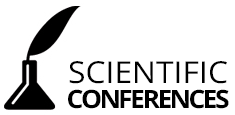Every person who wants to learn English or teach it to others, mainly focuses on grammar learning and spoken language. The Lexical approach is the most commonly used method by teachers, which makes it understandable for both, the teachers and students that how they can interact with English by consuming minimum effort and time. The lexical approach is a method of teaching foreign languages described by M. Lewis in the 1990s. The Lexical Approach pays attention not only to single words but more importantly to collocations and institutionalized utterances and sentence frames. Central to the lexical approach is the focus on teaching real English and a shift away from the artificial language found in ELT (English languageteaching) textbook and which is drawn from the intuition of textbook designers. In fact, the approach contends that the language course books teach is “not what people really say.” That is why it is urgent to avoid distorting the language with course book writer intuition and access the authentic language via corpora (a large amount of written and sometimes spoken material collected to show the state of a language). Intuition often fails to accurately reflect the real use of language. Corpora, however, can instantly provide us with the relative frequencies, collocations, and prevalent grammatical patterns of the lexis in question across a range of genres. In addition, light is shed on lexical variation. This leads to the collection of thousands of vocabulary items that cannot be taught in the traditional PPP (Present-Practice-Produce) framework. A collocation is a familiar grouping of words, especially words that habitually appear together and thereby convey meaning by association.
THE LEXICAL APPROACH: THEORY INTO PRACTICE
Afanasievska I.O., UsovaYa. O. (Kherson, Ukraine) | Download article
